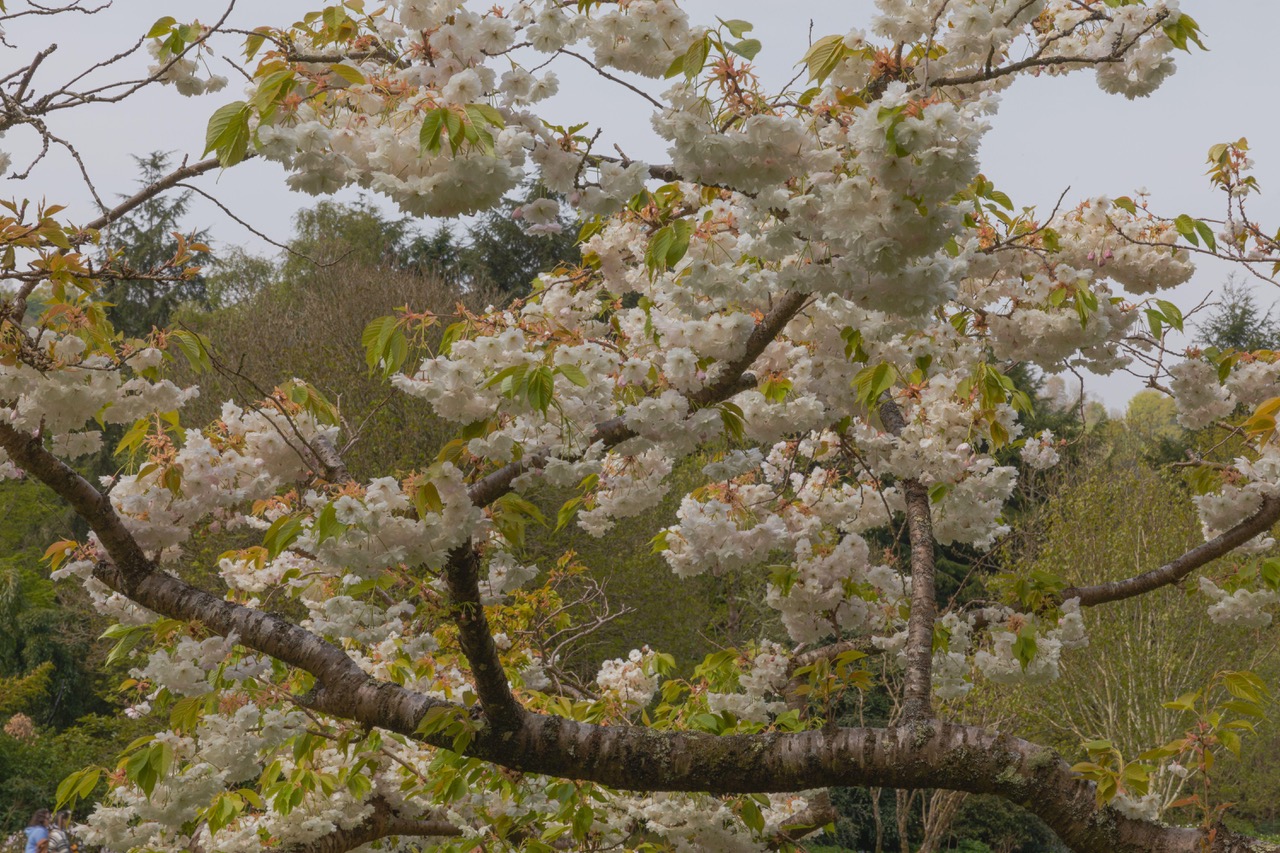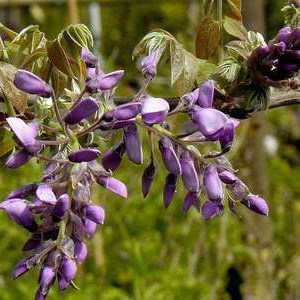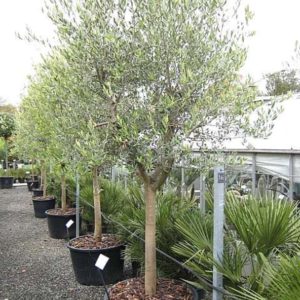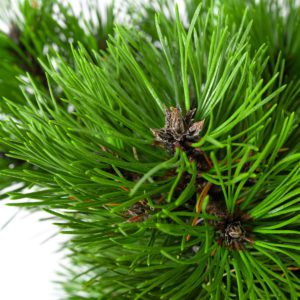Prunus ‘shimidsu’ half standard
€130.00
Frequently Bought Together


Description
Quick Facts
- Common Name: Shimdsu Sakura Cherry, Shimidsu Zakura, Longstalk Purple-leaf Cherry
- Botanical Name: Prunus ‘Shimdsu Sakura’ (syn. Prunus serrulata ‘Shimidsu Zakura’)
- Plant Type: Deciduous ornamental flowering tree (half standard form)
- Mature Height: 3-3.5m (half standard form with clear stem 80-10cm)
- Mature Spread: 3-.5m
- Flowering Period: Late April to May
- Flower Colour: Pure white double flowers, pink-tinged in bud
- Foliage: Fresh green leaves turning orange, red, and bronze in autumn
- Hardiness: RHS H6 (fully hardy throughout UK and Ireland)
- Soil Requirements: Moist, well-drained, moderately fertile soil
- Aspect: Full sun to partial shade
- Maintenance: Low
Description
Experience the breathtaking beauty of Prunus ‘Shimdsu Sakura’ in elegant half standard form, one of the most exquisite and romantic flowering cherries for gardens, where cascading clusters of pure white double blossoms create clouds of snowy perfection in late spring, transforming gardens into enchanted wonderlands of Japanese elegance and bringing unforgettable floral spectacle with graceful spreading form perfectly suited to smaller gardens, patios, and intimate spaces. This exceptional cultivar offers remarkable qualities—spectacular pure white double flowers measuring 5-6cm across with delicate fringed petals arranged in pendulous clusters creating breathtaking displays of snowy abundance in late April-May, elegant spreading to slightly weeping habit with horizontal branches creating graceful layered silhouette like floating clouds particularly beautiful in half standard form with clear stem showcasing the cascading flower clusters, fresh bright green foliage emerging bronze-tinged providing beautiful backdrop to flowers then transforming to spectacular shades of orange, red, and bronze in autumn creating second season of colour, manageable compact size in half standard form (3-4m height and spread) making it perfect for smaller gardens, patios, courtyards, and container growing where space is limited, and exceptional hardiness thriving reliably throughout temperate climates with vigorous growth once established, making this one of the most romantic and rewarding choices for adding spectacular spring blossom, Japanese garden elegance, and manageable size to specimen plantings, patio gardens, and anywhere unforgettable floral beauty with graceful form is desired in more intimate spaces.
Throughout the seasons, this captivating tree displays its most spectacular features in late spring—the flowering begins in late April to early May (typically 1-2 weeks later than early-flowering cherries like ‘Kanzan’), when masses of pure white double flowers emerge from pink-tinged buds creating beautiful colour transition. Each flower measures 5-6cm across and consists of numerous delicate petals (typically 20-30 petals per flower) with slightly fringed edges creating soft romantic appearance. The flowers are arranged in pendulous clusters of 3-5 blooms hanging gracefully on long slender stalks (pedicels) creating cascading effect like white waterfalls or snowdrifts suspended in air—this pendulous habit is one of the cultivar’s most distinctive and beautiful features. The pure white colour is pristine and luminous, creating stunning contrast against fresh green emerging foliage and blue spring skies. The flowers have delicate sweet fragrance adding sensory dimension to the display. Flowering lasts approximately 2-3 weeks depending on weather, with cooler temperatures extending the display. The overall effect during flowering is breathtaking and ethereal—like standing beneath clouds of white blossoms or watching snow falling upward. The half standard form with clear stem (80-120cm) elevates the spreading canopy to perfect viewing height, allowing you to walk beneath the cascading flowers and appreciate them at eye level—this form is particularly effective for creating focal points, framing views, and planting near seating areas where the flowers can be enjoyed up close. Following flowering, the foliage takes centre stage—fresh bright green leaves emerge with bronze tints, each leaf measuring 8-12cm long with serrated edges creating lush summer canopy. In autumn (October-November), the foliage transforms to spectacular shades of orange, red, copper, and bronze creating glowing displays before falling to reveal elegant branch structure. The spreading to slightly weeping habit creates graceful horizontal layers, and the half standard form showcases this beautifully with branches radiating from the clear stem creating mushroom or umbrella-shaped silhouette.
Prunus ‘Shimdsu Sakura’ (also spelled ‘Shimidsu Zakura’) is a cultivar of Japanese flowering cherry (Prunus serrulata group), bred and selected in Japan where ornamental cherry cultivation has been refined for centuries and holds deep cultural significance. The name ‘Shimdsu’ or ‘Shimidsu’ refers to a place in Japan, while ‘Sakura’ is the Japanese word for cherry blossom. This cultivar is considered one of the finest white-flowered cherries, particularly valued for its large double flowers, pendulous clusters, late flowering season, and graceful spreading habit. It’s often featured in Japanese gardens and is celebrated during hanami (cherry blossom viewing) traditions. The half standard form is created by grafting the cultivar onto rootstock and training to develop a clear stem of 80-120cm before allowing the canopy to develop—this form is perfect for smaller gardens, patios, and formal plantings where the elevated canopy creates presence without overwhelming the space. Hardy to RHS H6, this robust tree thrives throughout UK and Ireland with complete reliability, tolerating cold winters and variable weather. Moderate growth rate, adding 20-40cm annually once established, reaching full size within 10-15 years. Particularly valuable for spectacular late-spring flowering providing displays 1-2 weeks later than early cherries extending the blossom season, pure white double flowers with pendulous clusters creating unique cascading beauty, graceful spreading habit perfectly showcased in half standard form, manageable compact size ideal for smaller gardens and patios, and beautiful autumn colour providing second season of interest. Outstanding as specimen tree in prestigious gardens, focal points, and anywhere Japanese elegance with unforgettable spring beauty is desired.
Create stunning compositions by planting as magnificent specimen tree on lawns or in borders where its spectacular white blossoms and graceful spreading form can be viewed from all angles and appreciated as focal point during flowering season, positioning near patios, seating areas, or viewed from windows where the cascading white flowers can be enjoyed up close at eye level and the sweet fragrance appreciated, or using in Japanese-inspired gardens where the cultivar’s heritage and elegant form create authentic character paired with acers, azaleas, and gravel. Exceptional in small gardens and courtyards where the manageable half standard size fits perfectly without overwhelming the space yet provides substantial spring impact, formal gardens where the clear stem and symmetrical spreading canopy create architectural presence and elegant structure, or container plantings on patios and terraces where the half standard form thrives in large containers creating moveable focal points. Works beautifully planted as single specimen where the tree develops full spreading form and creates maximum dramatic impact during flowering, in pairs flanking entrances, gates, or pathways creating formal symmetry and welcoming spring displays, or combined with complementary spring plantings—spring bulbs (white daffodils, blue muscari, pink tulips) underplanted beneath canopy creating layered spring colour, flowering shrubs (Magnolia stellata, Amelanchier, Viburnum) for extended blossom season, or evergreen backdrop (yew hedging, box, holly) that emphasizes the pure white flowers. Also magnificent underplanted with shade-tolerant perennials (hostas, ferns, hellebores, epimediums) that thrive beneath the canopy and create year-round interest, or surrounded by Japanese garden plants (acers, azaleas, bamboo, ornamental grasses) for authentic aesthetic. Perfect for adding spectacular spring blossom, Japanese garden elegance, and manageable size to specimen plantings, patio gardens, and anywhere unforgettable floral beauty with graceful form is desired in more intimate spaces.
Caragh Garden Notebook
Planting: Space trees 4-5m apart if planting multiple specimens, though most commonly planted as single focal point. Plant bare-root specimens November-March during dormancy (ideal for best establishment and value), or container-grown specimens year-round though autumn or early spring is preferred. Choose position in full sun for most prolific flowering—tolerates partial shade but flowering may be slightly reduced. Requires open position with room for spreading canopy to develop without obstruction—the half standard form typically develops 3-4m spread. Dig generous planting hole at least twice width of root ball and same depth. Incorporate organic matter (well-rotted compost, leaf mould) into backfill soil to improve fertility and moisture retention. Plant at same depth as nursery soil mark on stem—the graft union (visible swelling where cultivar is joined to rootstock) should be above soil level. Backfill carefully, firming soil gently to eliminate air pockets. Water thoroughly after planting. Apply 5-8cm mulch of organic matter around base in 1m diameter circle, keeping mulch clear of stem (10cm gap) to prevent rot. Stake securely using single stake positioned on windward side—use tree tie with spacer. The half standard form requires staking for first 2-3 years until the clear stem is strong enough to support the canopy. Water regularly during first two growing seasons to establish deep root system. Position where the spectacular cascading white blossoms can be appreciated at eye level and where tree has room to develop graceful spreading form.
Soil Preparation: Prefers moist, well-drained, moderately fertile soil for best growth and flowering. Tolerates range of soil types including clay, loam, and sandy soils. Prefers neutral to slightly alkaline pH (6.5-7.5) but tolerates slightly acidic conditions. CRITICAL: Requires well-drained soil—avoid waterlogged or very wet soils which cause root problems and increase susceptibility to diseases. Improve heavy clay soils by incorporating organic matter and grit to improve drainage. Improve light sandy soils by adding generous amounts of compost or well-rotted manure to improve moisture retention and fertility. Flowering cherries prefer consistent moisture during growing season, so moisture-retentive but well-drained soil is ideal. Mulch annually in spring with 5-8cm layer of organic matter (compost, leaf mould, well-rotted manure) around base to conserve moisture, suppress weeds, and improve soil fertility. Keep mulch clear of stem. Best growth and flowering occur in full sun with moist, well-drained, moderately fertile soil—these conditions produce the most vigorous growth and most spectacular blossom displays.
Container Growing: Excellent for container growing in half standard form! This is one of the best flowering cherries for patio containers due to manageable size and elegant form. Use very large container (minimum 60-80cm diameter and depth), soil-based compost (John Innes No. 3), and ensure excellent drainage with crocks or gravel in base. Position in full sun. Water regularly during growing season keeping compost consistently moist but not waterlogged—container-grown trees require more frequent watering than in-ground specimens. Feed in spring with slow-release balanced fertiliser or liquid feed monthly during growing season. Repot every 3-4 years in late winter, root-pruning if necessary. Mulch surface with gravel or bark. Protect containers from hard frost by wrapping or moving to sheltered position. Perfect for patios, terraces, and small gardens where in-ground planting isn’t possible!
Seasonal Care: Requires minimal pruning—the naturally graceful spreading habit develops without intervention. Prune only to remove dead, damaged, or crossing branches, or to maintain clear stem by removing any shoots emerging from rootstock below graft union. Carry out any necessary pruning immediately after flowering (May-June) when sap flow is minimal—CRITICAL: avoid pruning in autumn, winter, or early spring when trees are susceptible to bacterial canker and silver leaf disease which enter through pruning wounds. Always use clean sharp tools and seal large cuts with wound sealant. The half standard form requires removal of any shoots emerging from the clear stem to maintain the elevated canopy—check regularly and remove promptly. Apply general-purpose balanced fertiliser or blood, fish and bone in spring around base to promote healthy growth and flowering. Mulch annually in spring. Water regularly during dry spells, particularly during first 3-5 years of establishment and during flowering period—flowering cherries prefer consistent moisture. Watch for aphids on new growth (spray with water or encourage natural predators), caterpillars on leaves (remove by hand or use biological control), and cherry leaf spot (remove fallen leaves). More serious issues include bacterial canker (sunken lesions on bark oozing amber gum—prune out affected branches in summer) and silver leaf disease (silvering of leaves, purple staining in wood—prune out affected branches immediately). Good air circulation, appropriate pruning timing, and avoiding waterlogged soils help prevent diseases. The spectacular white blossom displays are reliably breathtaking!
Propagation: Cannot be propagated by home gardeners—this cultivar is created by grafting onto rootstock (typically Prunus avium or other compatible cherry rootstock), a specialist technique requiring professional nursery facilities. The half standard form requires additional training to develop the clear stem before allowing canopy to develop. Cannot be grown from seed as seedlings will not come true to type. Nursery-grown grafted specimens in half standard form are essential for guaranteed flower quality, form, and clear stem height.
This spectacular beauty is absolutely breathtaking—one of the most exquisite white-flowered cherries available! Those spectacular pure white double flowers measuring 5-6cm across in pendulous cascading clusters are absolutely stunning—like clouds of snowy blossoms or white waterfalls! Elegant spreading to slightly weeping habit with horizontal branches creating graceful layered silhouette. The half standard form with clear stem (80-120cm) elevates the canopy to perfect viewing height—walk beneath cascading flowers and enjoy them at eye level! Fresh green foliage turning spectacular orange, red, and bronze in autumn. Manageable compact size (3-4m height and spread)—perfect for smaller gardens, patios, and containers! Fully hardy (RHS H6) throughout UK and Ireland. Late flowering (late April-May) extends blossom season. CRITICAL: Prune only immediately after flowering (May-June)—never in autumn/winter to avoid disease! Remove shoots from clear stem to maintain half standard form. Excellent in containers! Perfect for specimen plantings, patio gardens, Japanese gardens, and anywhere you want spectacular spring blossom with Japanese elegance and manageable size. Pure romantic magnificence and cascading white beauty!





